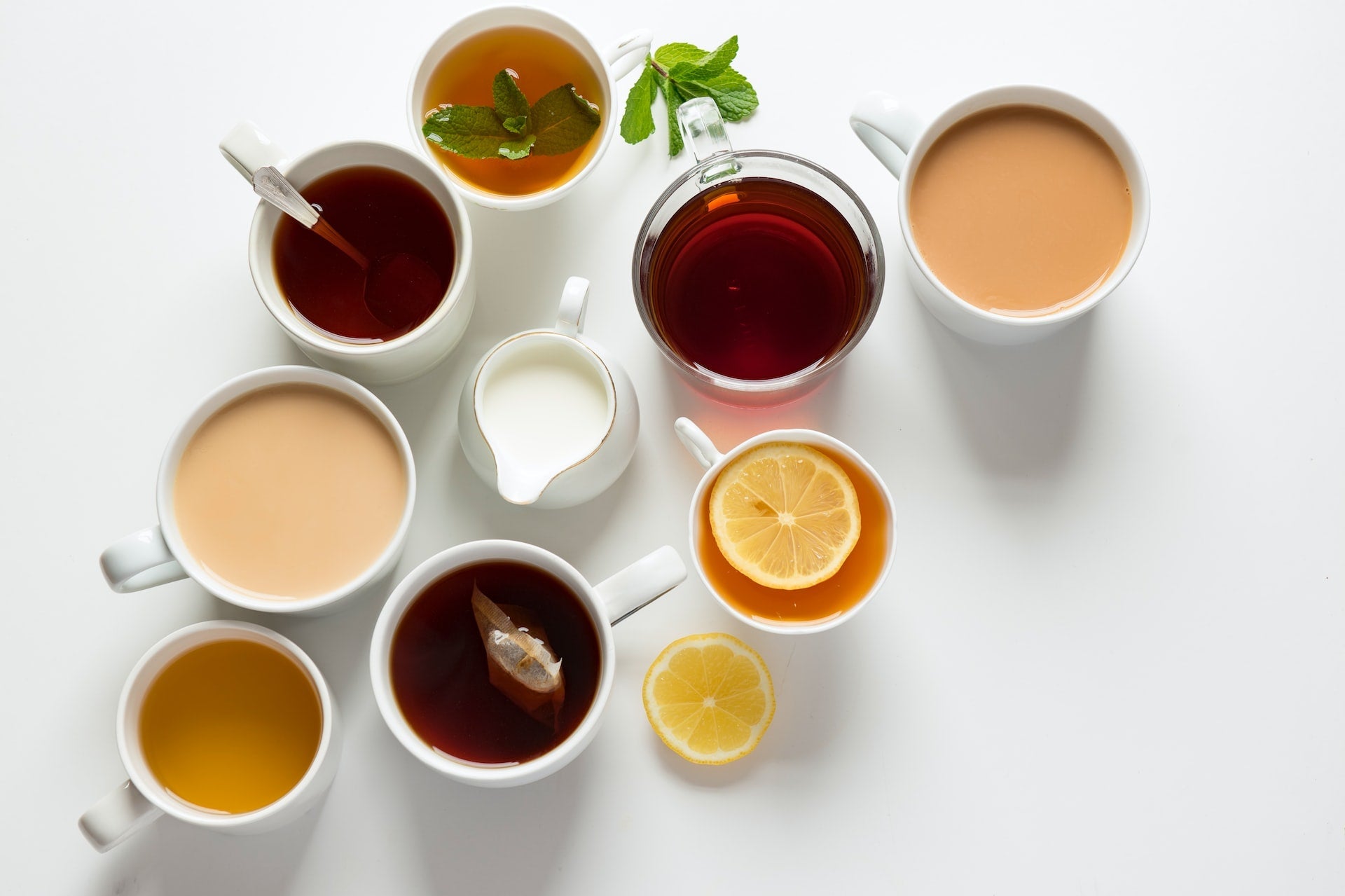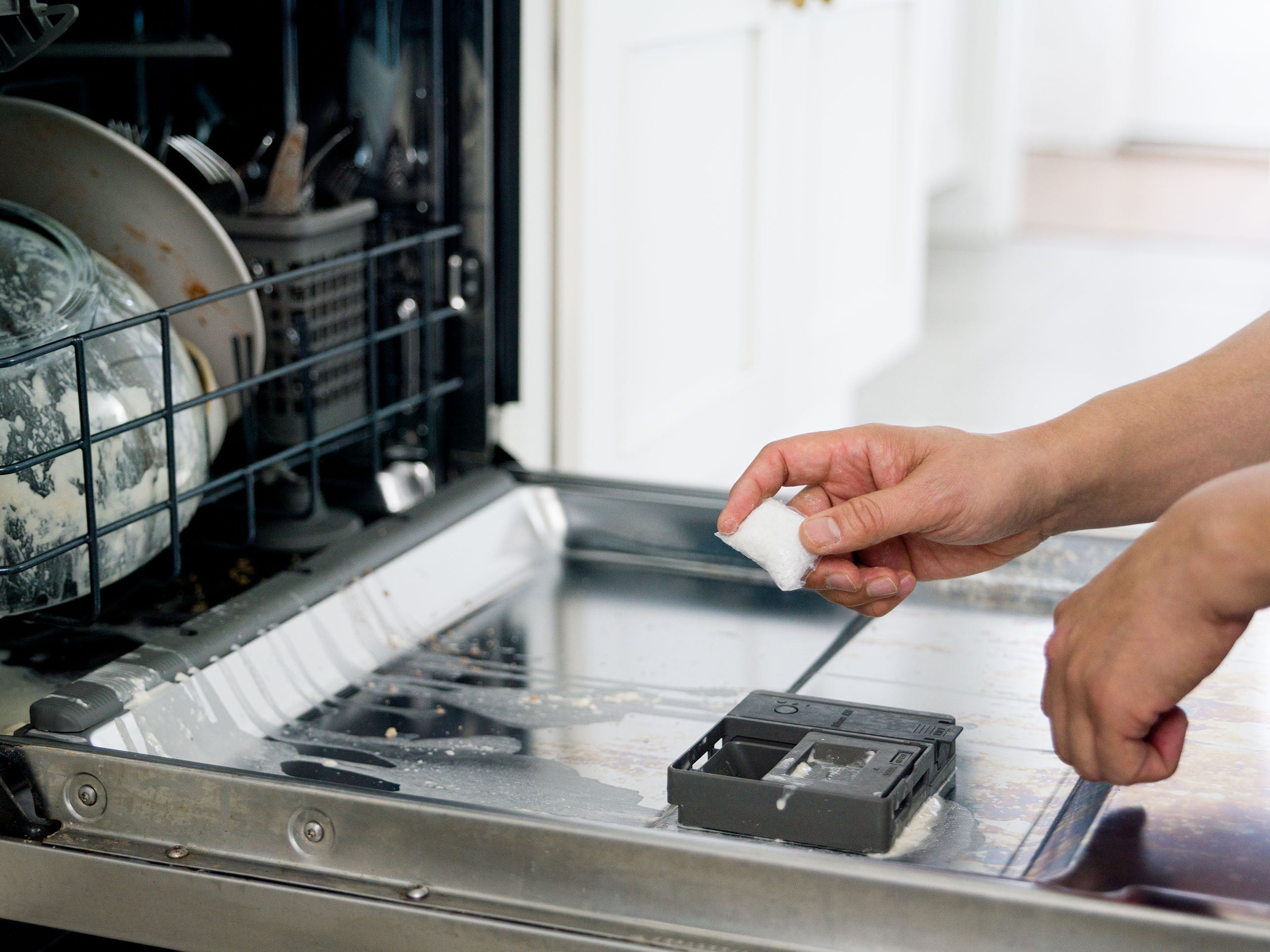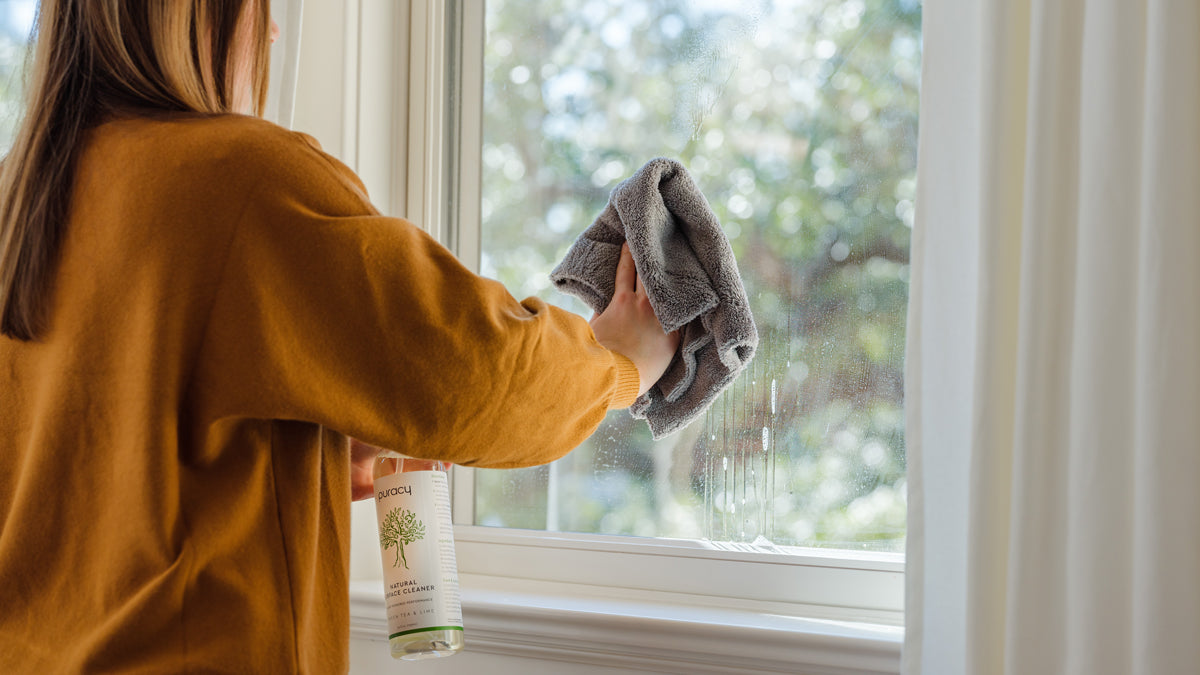
How to Remove Tea Stains on Mugs, Clothes, and Carpets
Learn methods you can use to lift tea stains from a number of materials, including mugs, clothes, and carpets.
Whether tea stains are on your clothes, upholstery, or carpet, they can be difficult to tackle. Fortunately, they can be easily removed with some urgency and the right stain removal solutions. Discover different methods you can use to lift the stains from a number of materials, including mugs, upholstery, and carpets.
How to Remove Tea Stains

What You’ll Need:
- Water
- White vinegar
- Baking soda
- Enzyme-based stain remover
Steps:
- Dab the stain with room temperature water.
- Make a solution of 1 tablespoon of white vinegar and 1-2 cups of water, and apply it directly to the affected area. Let it sit for up to 15 minutes.
- For stains with a strong odor, apply a paste of baking soda and let it sit overnight.
- If the stain remains, apply an enzyme-based stain remover, and let it sit for up to 15-20 minutes.
- Wash the item according to its manufacturer instructions.
How to Avoid Permanent Marks

Some of the most specific places where tea can leave stains are on mugs, clothes, and the carpet. As with most stains, it’s easiest to remove brew residue right after drinking your cup, splashing on your white shirt, or spilling on your carpet. We’ve laid out a step-by-step guide to help remove brew stains on these items:
Removing Tea Stains on Mugs and Cups
What You’ll Need:
- Dish Soap
- Baking Soda
- White vinegar
- Dishwasher detergent
Steps:
- Create a paste from baking soda and vinegar.
- Scrub the mug using dish soap.
- Apply the baking soda and vinegar paste to the mug and let it sit for 5-10 minutes.
- Then, rinse the mug as you normally would. If you use a dishwasher, you can put your mug in and use our Dishwasher Detergent after the paste is left to dry for a few minutes.
Pro tip: For old stains, you can also rub a wedge of lemon on the cup’s interior.
Removing Tea Stains on Clothes
Tea will leave a yellowish stain on clothes, which may be difficult to remove, especially on white clothing. Here’s a simple guide on how to take off brew stains on your clothing:
What You’ll Need:
- White vinegar
- Enzyme-based stain remover
- Laundry detergent
Steps:
- Run the affected area under warm running water right away to remove as much as possible, as early as you can.
- Dab white vinegar on the stained portion of your shirt and leave it for 30 minutes to an hour. Don’t worry, the smell of the vinegar won’t be there after you pop it in the washing machine.
- Apply stain remover on the affected area, and let the cloth soak it in for 15 minutes. Then rinse manually or drop it in the washer.
- Drop it in the washing machine and with natural laundry detergent to effectively remove the tea stain and any odor that came along with it.
Removing Tea Stains on Carpet
Maintaining an area rug can be done easily. The wide area will mean more space for the brew to seep, and the yellowing and browning can go wide and deep. It’s also too expensive to replace, so try these methods first before calling a cleaning professional.
What You’ll Need:
- Kitchen towel
- Microfiber Cloth
- Carpet Spot Remover
- Carpet & Upholstery Shampoo
Steps:
- Take a kitchen towel and press it down on the affected area to absorb as much of the liquid as you can without rubbing it.
- When you’ve taken as much of the liquid off, pour some warm water and dab it again with clean cloth. Repeat the process to dilute the spill.
- Apply carpet spot remover, and let it soak in the carpet for 30 minutes to an hour.
- Remove the deep-seated stains with carpet and upholstery shampoo.
Removing Tea Stains on Plastic
Follow these steps to remove tea stains from your favorite plastic kitchenware.
What You’ll Need:
- Dishwasher Detergent
- Soft-bristled brush
Steps:
- Submerge the plastic item in water and 2 tablespoons of dishwasher detergent.
- Let it sit for up to 45 minutes.
- The stains should be easily removable or can be scrubbed off with a soft-bristled brush.
- Repeat steps 1-3 if stain remains.
Removing Tea Stains from Stainless Steel
Tea stains can appear on several stainless steel tea accessories, such as tea spoons or tea baskets.
What You’ll Need:
- White vinegar
- Microfiber Cloth
Steps:
- Cover the stain with white vinegar, and let it sit for up to 20 minutes.
- Rinse the item using a warm cloth.
- Rinse and wash the item in warm water.
- Thoroughly dry your item to maintain the item's stainless steel shine.
How to Avoid Tea Stains

If you can’t totally avoid your favorite brew and the stain that may come along with it in case of accidents, try these things instead:
Choose Green Tea Over Black Tea
Black tea has the highest level of tannins with an average of 13%, according to a study conducted in 2015 to determine tannin levels in brews. It was compared with Oolong and Green, which have an average of 9% and 3% concentration, respectively.
Let a Mug Soak Before Washing
A small act but often neglected. One major way to make sure the tannins don’t get absorbed on your mug is by rinsing it with water if you plan to wash it in batch with the rest of the dishes tonight.
Use Non-Abrasive, Chemical-Free Cleaners
Tea enthusiasts do not recommend using abrasive elements like baking soda or harsh products like vinegar when cleaning pots and cups. Chinese tea shops often submerge teaware in boiling water to clean and sanitize them in between use. Our Natural Dish Soap makes a great industrial-grade cleaning agent which will not scratch your glassware, thanks to its plant-powered, gentle-yet-effective formula.
Choose a Darker Shade of Teaware
If you’re a big tea drinker, or if you like drinks known to have tannin compounds like coffee, consider buying a darker shade of mug.
Add Milk to Your Tea
The tannins found in brews bond with milk proteins, preventing the tannins from leaving stains on your mug and your teeth. It’s true! There’s a study conducted on milk’s stain-reducing properties that observes milk can have the same whitening properties as teeth bleaching agents.
Ask for Stain Protecting Treatments
Stain protecting treatments are done professionally on carpets and upholstery. It forms a protective film on the material, which avoids extensive seeping of liquid before it becomes a full-blown stain. Chances are, you will be able to use a kitchen towel to blot the area without causing harm on the fabric itself.
Frequently Asked Questions

Why does tea leave hard-to-remove stains in my mug?
Tannin is a group of organic compounds found in tea, coffee, beer, and wine which causes stains. It is the same compound used in tanning leather tanning and dyeing fabric, which also explains its hard-to-remove nature.
While it can be a headache on your porous china porcelain cup or stainless steel travel mug, it has antimicrobial properties, which delays aging in commercial food. It also helps improve clotting, offer antioxidant properties, and reduce blood pressure, among other helpful things.
Does green tea or matcha stain clothes?
Although they're less messy than black tea, green tea can still stain clothes. Similarly, matcha can also stain clothes. Both can be treated using an enzyme-based stain remover.
Are tea stains permanent?
Tea stains are not permanent, but the longer they sit on an item’s surface, the harder it is to remove these stains.
How do you remove a dried-out tea stain?
You can make a paste from baking soda and water until a paste forms. Alternatively, you can use an enzyme-based stain remover to ensure the stain is gone for good.
When to Seek Professional Cleaning Service
While there are many stain removal and cleaning materials available right off your supermarket shelf, some things are best left to the professionals. There are types of fabric, like wool and other natural fibers, which are more difficult to treat than others.
If this is the case, it may be best to call your professional carpet cleaning service to handle the stains. Otherwise, you may only do more damage or permanent issues in attempting to lift the stains on your own with home remedies. It can happen if you apply the wrong type of chemical, which may damage delicate materials. When in doubt, seek professional advice first.
Treat Tea Stains Naturally with Puracy

When it comes to brew stains, tackle them using natural, plant-powered cleaning solutions with Puracy. We have gentle and effective cleaners for all kinds of stains. Whether you’re taking on a tricky spill on your carpet with our Natural Carpet Spot Remover or cleaning up the latest baby food accident with our Natural Baby Stain Remover, we make cleaners that can thoroughly clean the toughest stains while also being gentle on sensitive skin.


























